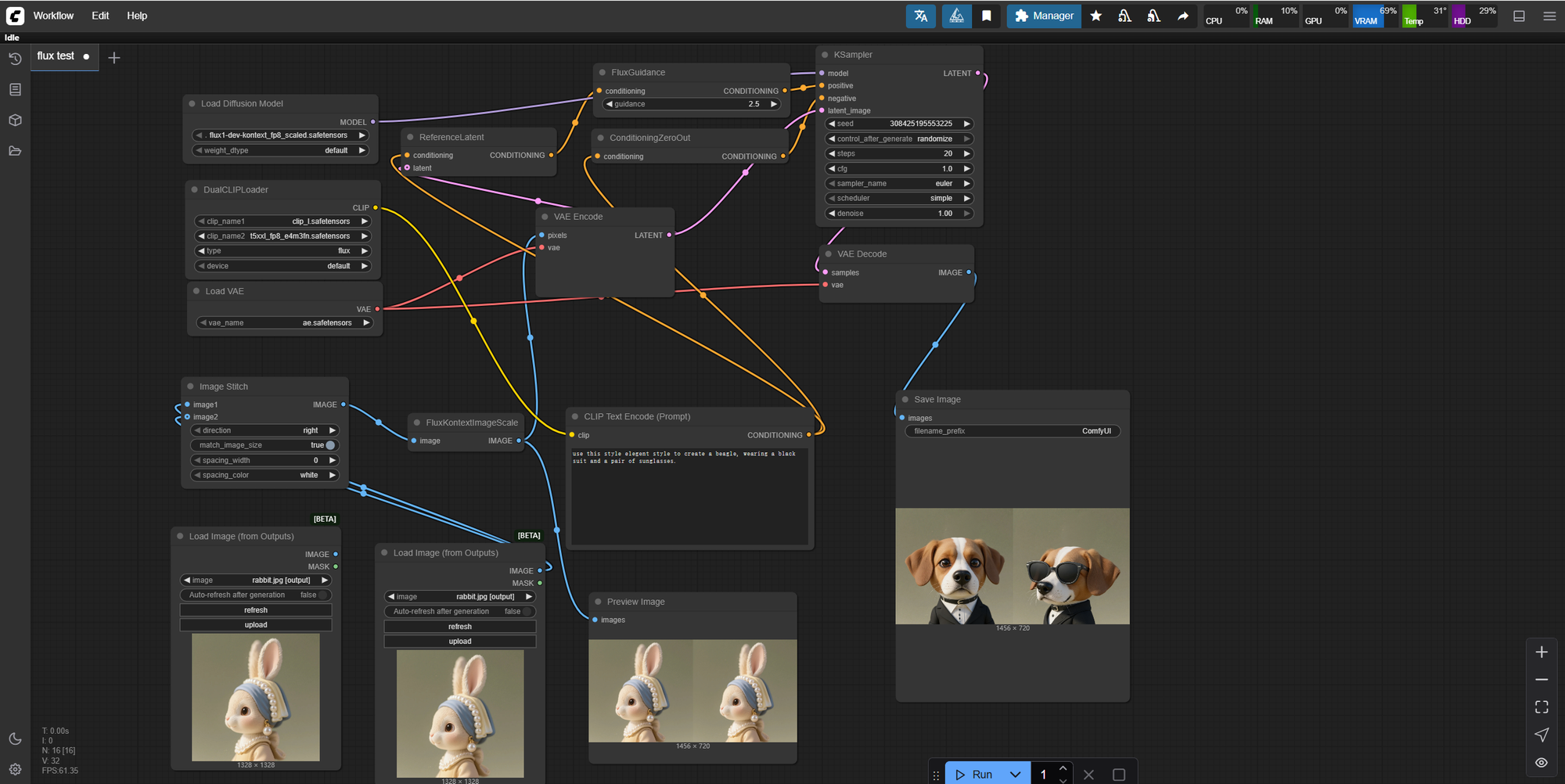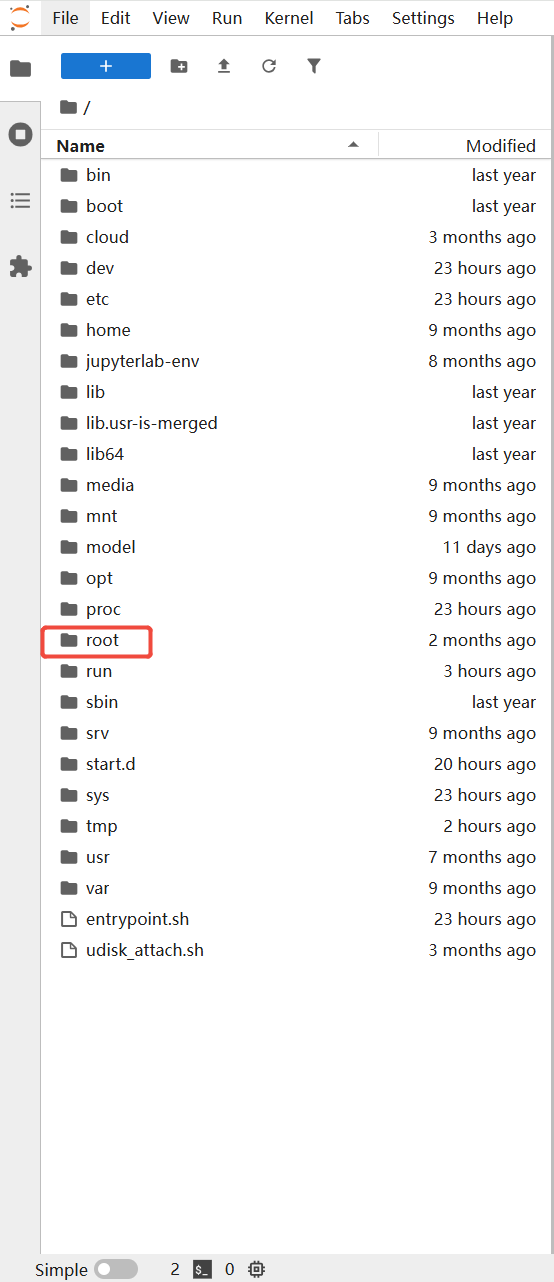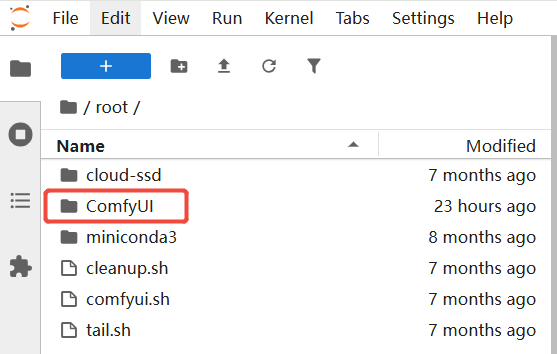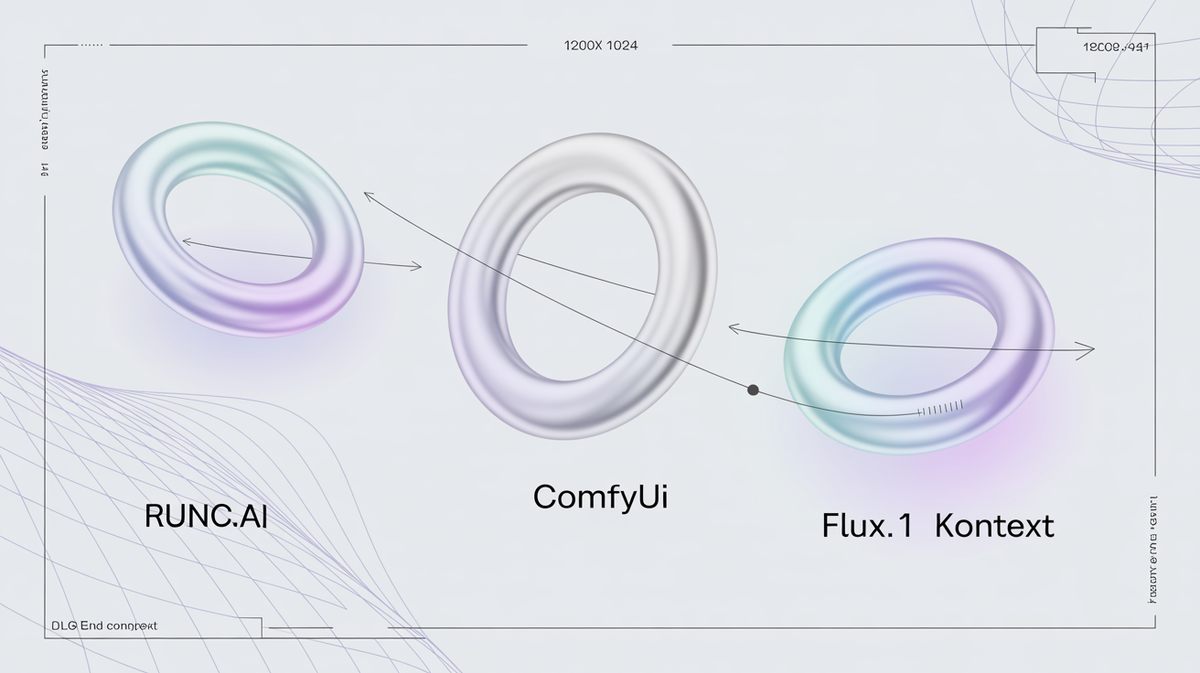Imagine you’ve just discovered the world of AI-generated anime. You want to experiment with styles, train on character LoRAs, or build custom workflows in ComfyUI. But your laptop starts melting every time you try rendering a 1024x1024 image.
If you’ve ever tried running ComfyUI locally, you know how frustrating it can be — from setting up dependencies to making sure your GPU has enough VRAM to handle high-res anime images. That’s why we created a one-click solution for deploying ComfyUI directly on our cloud GPU platform.
RunC.AI is a GPU rental platform, offering one-click deployment for many images such as ComfyUI, PyTorch, deepseek...
Why cloud?
● Access high-VRAM GPUs (including 48GB) at low cost
● Easily run models like Flux, LoRA, or SDXL anime variants
● Tweak ComfyUI workflows in a stable, lag-free browser UI
● Keep local disk/GPU free for other tasks
If you're interested in using ComfyUI for image generation but struggle with long rendering times, frequent crashes, or limited storage on your local machine, a cloud GPU setup might be a better fit. It's especially helpful for those with older hardware, laptops, or systems without a powerful GPU — letting you run advanced workflows without the hassle of upgrading your computer.
With RunC.AI, a powerful GPU rental platform, you can create stunning anime-style images without installing anything locally.
Our pre-built ComfyUI image provides a full GPU-powered workspace for deployment in seconds. No Python installs. No fiddling with paths. Just pick a GPU, choose 'ComfyUI image', click "launch," and you’re in!
Who is this for?
● ACG fans experimenting with character prompts and various models
● Artists building concept designs using AI-assisted workflows
● Hobbyists participating in Discord/Reddit AI art communities
● Beginners who want to try ComfyUI without complex setups
Use cases include, but are not limited to:
● Daily Prompt Battles: Create high-quality submissions for Reddit or Discord.
● FLUX.1 Kontext Testing: Run tests on different character FLUX in real time.
● Workflow Experimentation: Tweak nodes and compare outputs instantly.
● Safe Model Exploration: Try different anime-focused checkpoints without affecting your local setup.
You can even share your public link to our image society, and of course, you can use others' images you like! We have pre-deployed a lot of popular models for your use, and choose the model you want, only with one click, bang! The whole workflow is prepared! It’s perfect for creators who care more about results than debugging.
I have to admit that I'm not a professional artist who masters the whole workflow for creating art, but with RunC.AI, I did try to create an animated character successfully, while using FLUX to enhance and do some fine-tuning on this photo.
Here’s how to get started:
1. Sign Up and Log In
Create an account on our platform. It only takes a few seconds.
2. Deploy the ComfyUI Image
Click 'Deploy' on the interface, and you can see that we offer various images, including ComfyUI, PyTorch, CUDA, deepseek, etc. Pick the one you want to use.
3. Pick Your GPU
Choose from a range of affordable GPU options — from RTX A100 to 4090s. For ComfyUI users, we recommend RTX 4090(48G) if you want larger VRAM. All ready in seconds, with hourly billing and no hidden costs.
4. Deploy with One Click
Click “Launch.” In under a minute, your remote workspace is live. Access the ComfyUI web interface in your browser, upload models if needed, and start generating.
5. Safe & Private
We know many of you are concerned about the data privacy, and I'm here to reassure you: Your data is encrypted. We don’t track or train on your inputs or outputs. This setup is ideal for hobbyists who want power, speed, and simplicity — without dealing with local setup hell.
What is FLUX.1 Kontext?
FLUX.1 Kontext is an advanced diffusion model architecture designed for high-quality and efficient image generation, developed by Black-Forest-Labs, particularly optimized for workflows in tools like ComfyUI. Developed with a focus on speed, detail preservation, and flexibility, FLUX introduces architectural refinements that enable more stable training and sharper outputs across a wide range of prompts and resolutions. Its compatibility with common extensions and node-based UIs makes it a popular choice among AIGC enthusiasts, especially those working on anime-style or illustrative art. Whether you're using it for visual storytelling, concept art, or just exploring creative prompts, FLUX stands out for its balance of performance and visual fidelity.
FLUX.1 Kontext models go beyond text-to-image. Unlike previous flow models that only allow for pure text-based generation, FLUX.1 Kontext models also understand and can create from existing images. With FLUX.1 Kontext you can modify an input image via simple text instructions, enabling flexible and instant image editing - no need for finetuning or complex editing workflows. The core capabilities of the FLUX.1 Kontext suite are:
● Character consistency
Preserve unique elements of an image, such as a reference character or object in a picture, across multiple scenes and environments.
● Local editing
Make targeted modifications of specific elements in an image without affecting the rest.
● Style Reference
Generate novel scenes while preserving unique styles from a reference image, directed by text prompts.
● Interactive Speed
Iterate at minimal latency for both image generation and editing.
Here I use the workflow from ComfyUI blog. Please make sure that your ComfyUI is the latest version; if not, please upgrade, or you may encounter the 'missing nodes' problem.

What if I want to download other models?
After downloading the .safetensors file, open JupyterLab, find the 'root' folder --> 'ComfyUI', and upload your file to the correct folder.



After uploading everything you need, go back to the instance interface, click the three-dots button on the right, reboot, and enjoy your journey in ComfyUI!
About RunC.AI
Rent smart, run fast. RunC.AI allows users to gain access to a wide selection of scalable, high-performance GPU instances and clusters at competitive prices compared to major cloud providers like Amazon Web Services (AWS), Google Cloud, and Microsoft Azure.


